Via ArchDaily
-----
by Andrew Rosenberg

© R.Kuper
Architects: Yoav Meiri Architects
Location: Tel Aviv, Israel
Client: Arteam – Interdisciplinary Art Team
Project area: 50 sqm
Project year: 2010
Photographs: Y.Meiri, R. Kuper, T. Rogovski
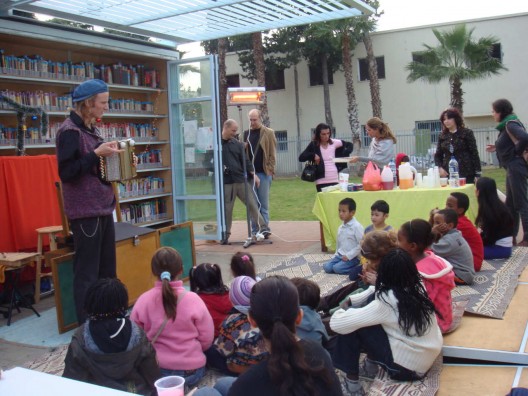
© Y.Meiri
The Garden Library for Refugees and Migrant Workers was founded in 2010 as a social-artistic urban community project. The project sees the right to a book as a fundamental human right and a possibility of both escape and shelter from daily misfortunes.
The library is located in the Levinski Park, by the Tel Aviv central bus station. The park is the place migrant workers congregate on weekends. It was important for us that the library come to the people, that those who maintain illegal immigrant status will come without fear, that the library would not have a closed door or a guard at the entrance who would check and ask questions.
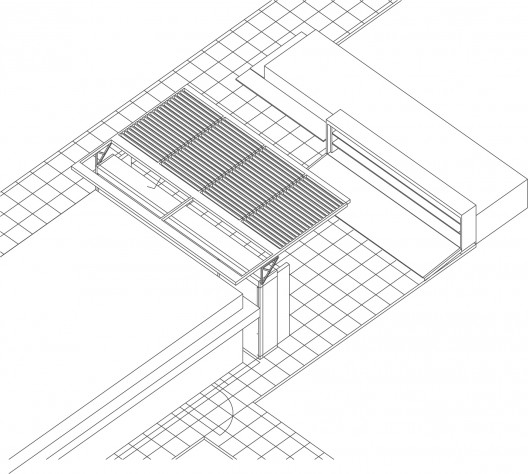
diagram 01
The library has no walls or door. It is comprised of two bookcases, which are supported by the walls of a public shelter located in the heart of the park. The taller structure contains books for the adult readers. It is transparent and illuminated from within so that, at night, the books glow in the park. Across from it is a shorter – children’s height – cabinet. The doors to the small cabinet swing down to form a parquet floor for the children to sit on and review the books.

© T.Rogovski
The door of the tall cabinet, open to form a canopy that stretches above the two structures, and provides shelter from the sun and rain, protects the books and the visitors, and establishes a space for browsing, reading and social meetings.
The library contains approximately 3,500 books in Mandarin Chinese, Amharic, Thai, Tagalog, Arabic, French, Spanish, Nepalese, Bengali, Hindi, Turkish, Romanian, and English. The children’s cabinet also holds books in Hebrew.
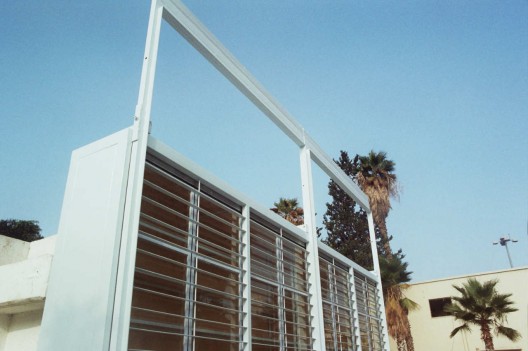
© Y.Meiri
The books are not catalogued according to conventions of genre or author name, but according to the feeling they arouse. Every detail in the sorting and categorization system reflects the spirit of the library: The library is a small and parallel world: the books wander between the shelves as their readers have wandered/are wandering the world. They carry with them their emotional history. The placement of the book is not decided by popular vote, but by the last reader. Even if ten readers thought a book was amusing and the eleventh thought it was dull, the book will move to the Boring shelf – at least until the next reader weighs in.
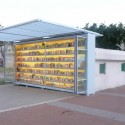
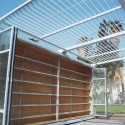
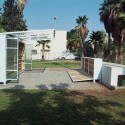
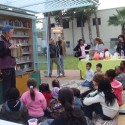
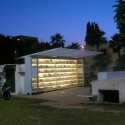
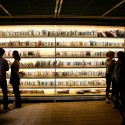
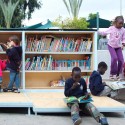

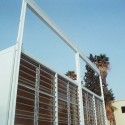
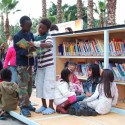
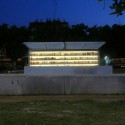
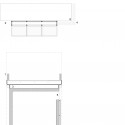
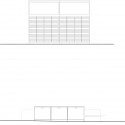
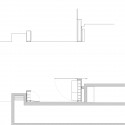
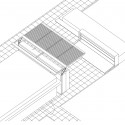

Personal comment:
Beside the fact that we can enjoy to see a constructive project regarding migration and migrant people (so to say: not some stupid propaganda and populism), I also find interesting on a more trivial or spatial aspect the mashup between two public programs: the parc and the library.





















